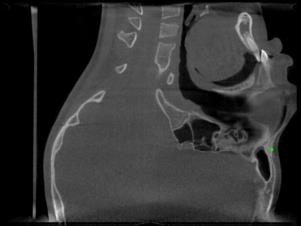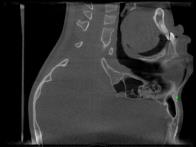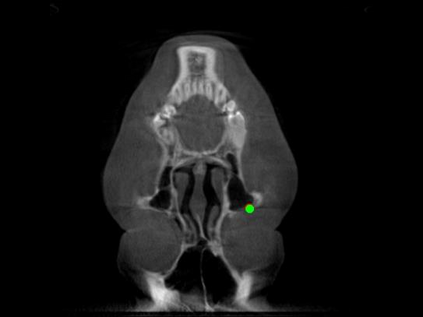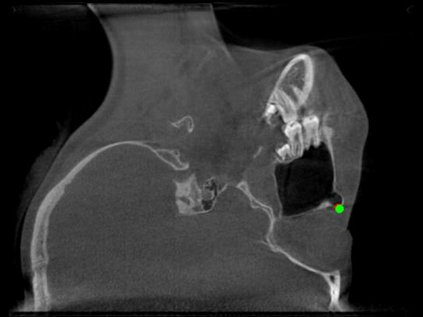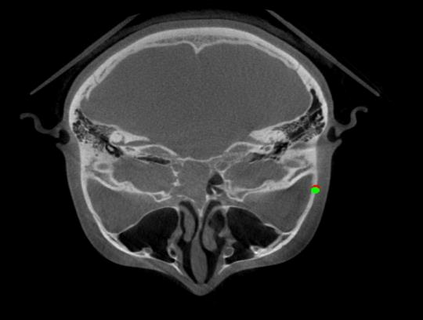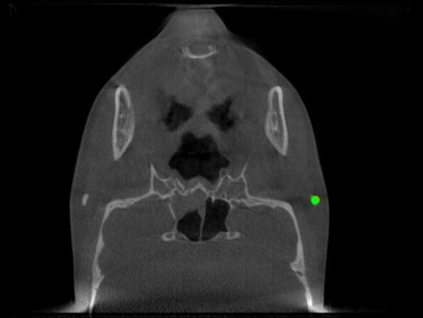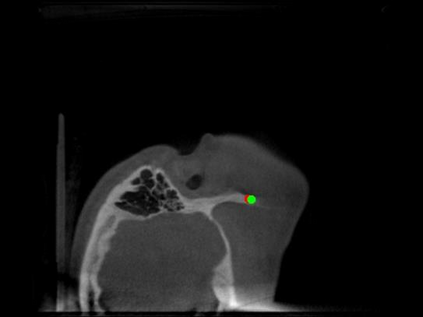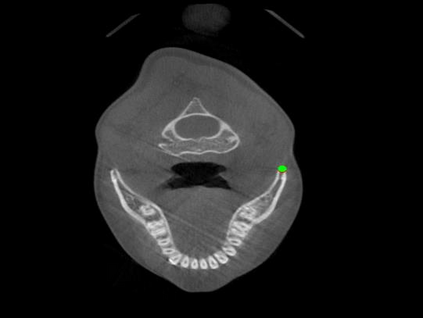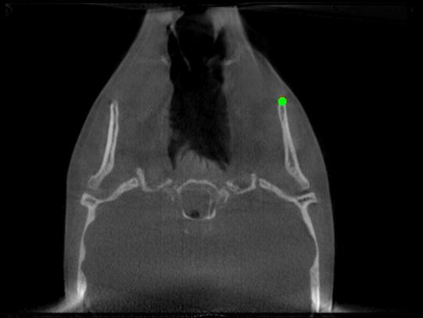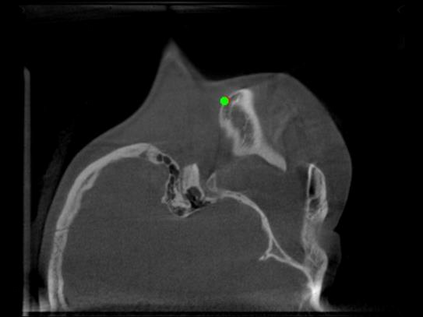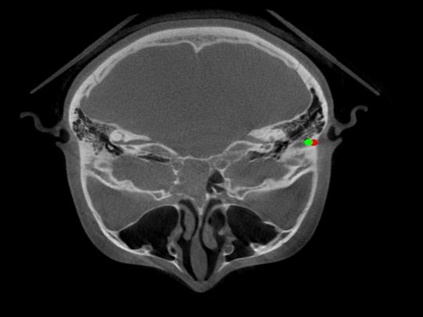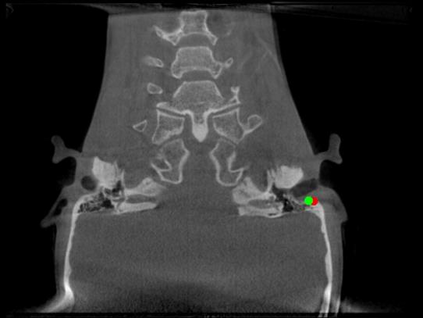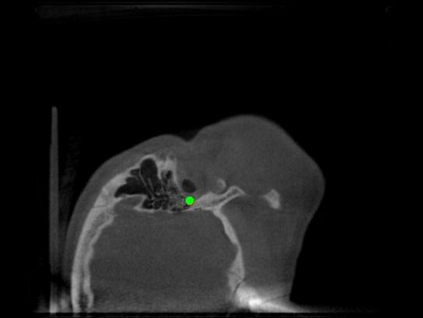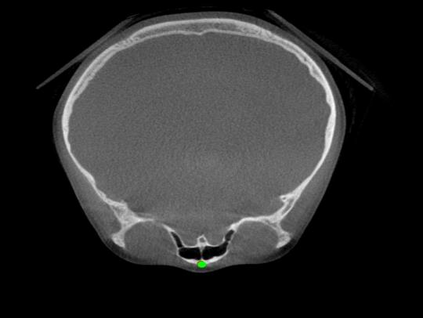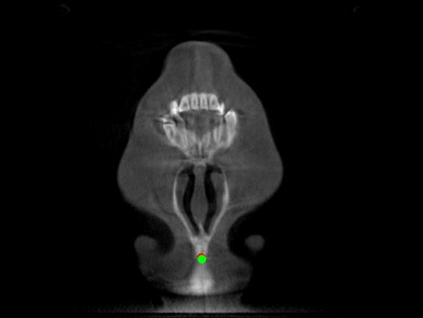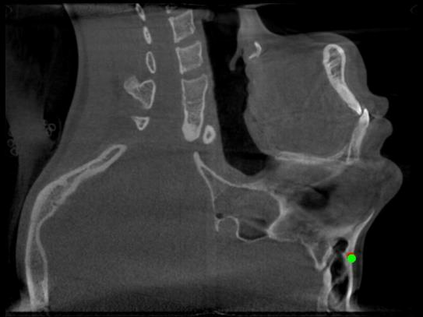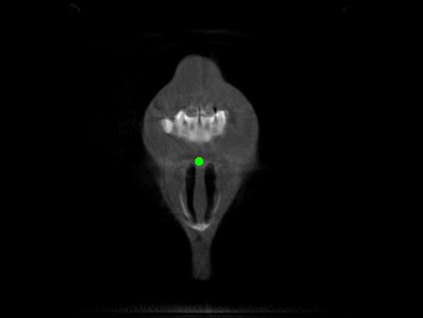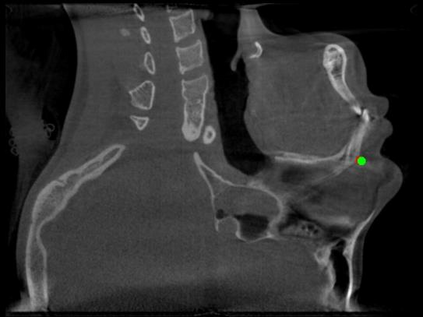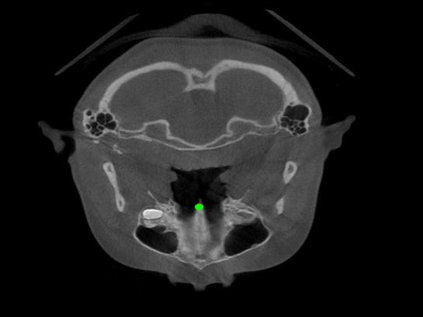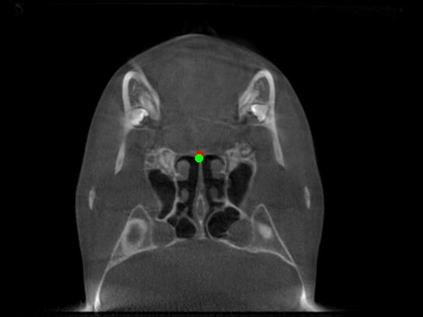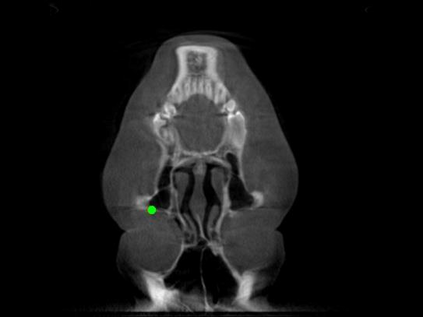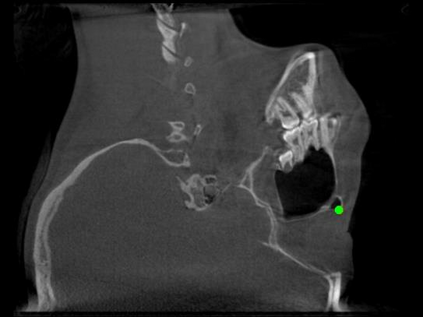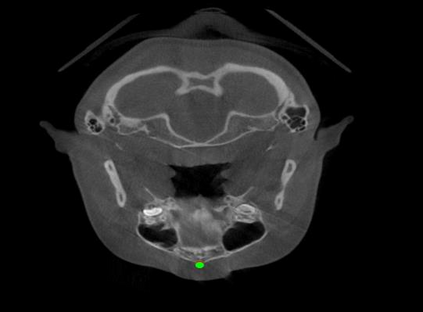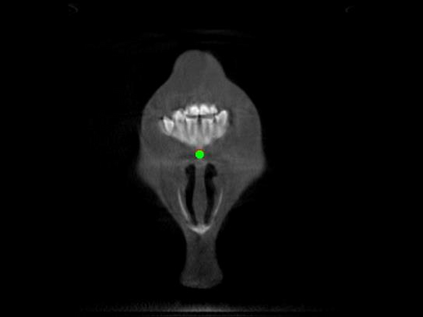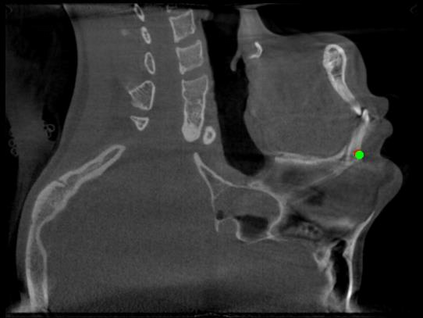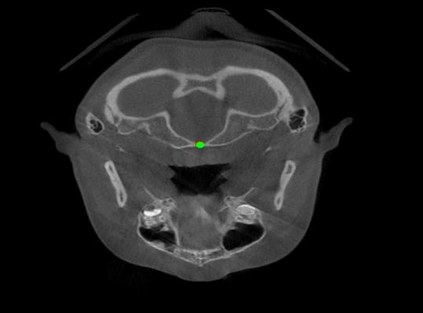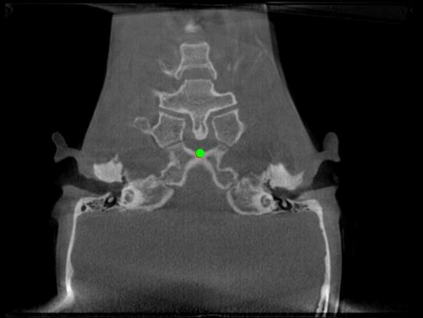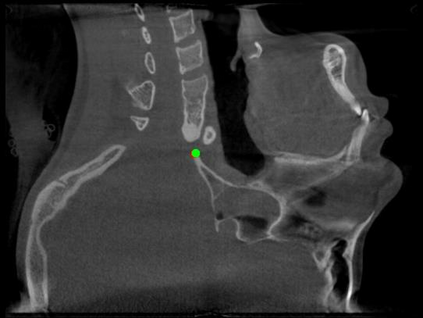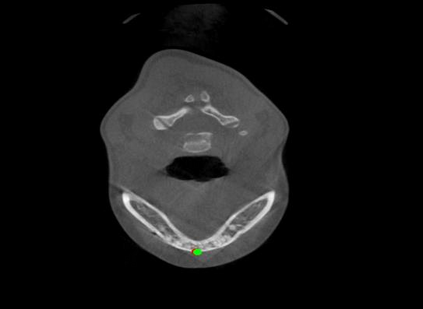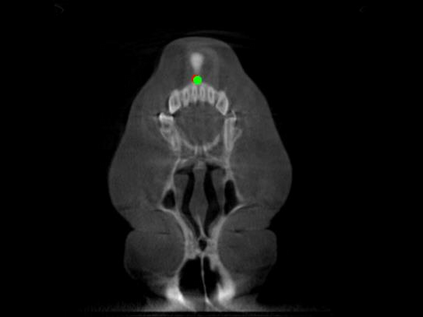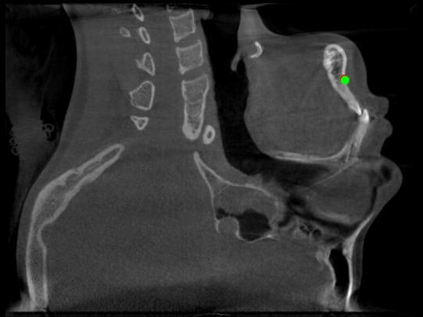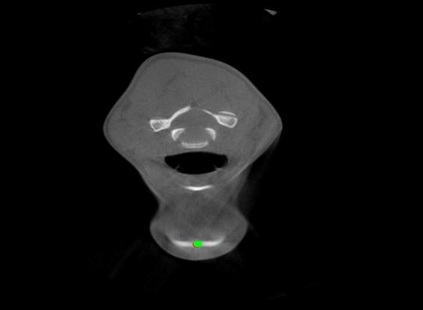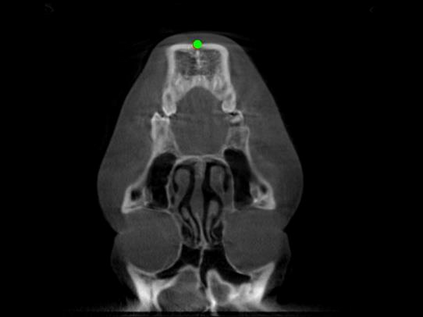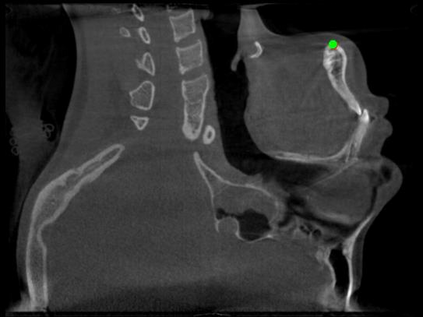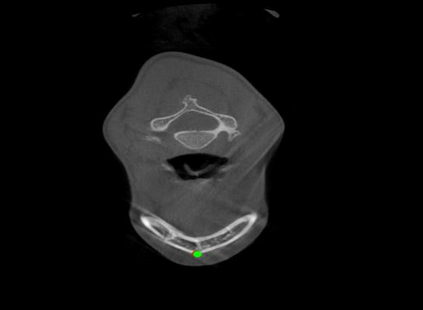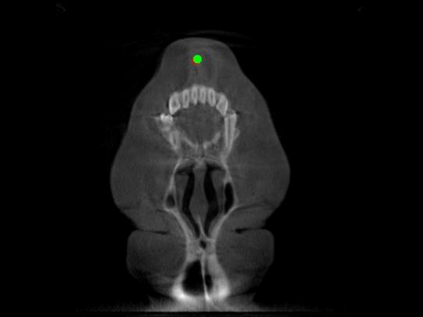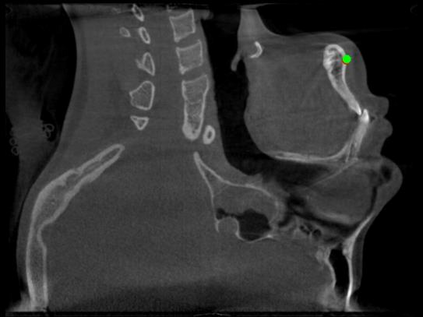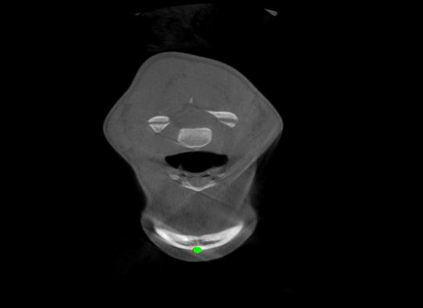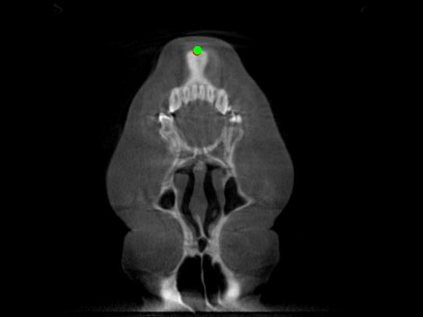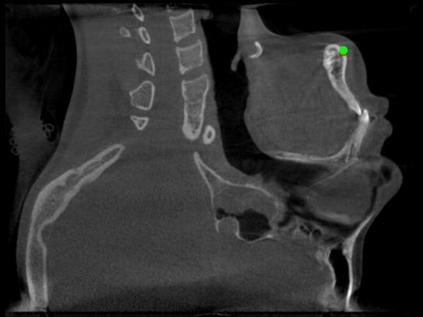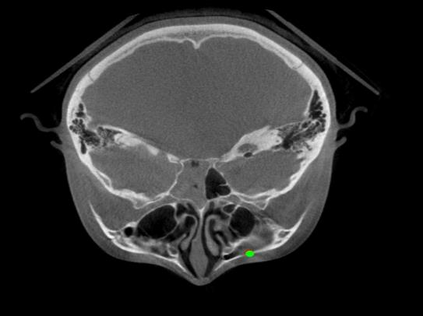Detecting 3D landmarks on cone-beam computed tomography (CBCT) is crucial to assessing and quantifying the anatomical abnormalities in 3D cephalometric analysis. However, the current methods are time-consuming and suffer from large biases in landmark localization, leading to unreliable diagnosis results. In this work, we propose a novel Structure-Aware Long Short-Term Memory framework (SA-LSTM) for efficient and accurate 3D landmark detection. To reduce the computational burden, SA-LSTM is designed in two stages. It first locates the coarse landmarks via heatmap regression on a down-sampled CBCT volume and then progressively refines landmarks by attentive offset regression using high-resolution cropped patches. To boost accuracy, SA-LSTM captures global-local dependence among the cropping patches via self-attention. Specifically, a graph attention module implicitly encodes the landmark's global structure to rationalize the predicted position. Furthermore, a novel attention-gated module recursively filters irrelevant local features and maintains high-confident local predictions for aggregating the final result. Experiments show that our method significantly outperforms state-of-the-art methods in terms of efficiency and accuracy on an in-house dataset and a public dataset, achieving 1.64 mm and 2.37 mm average errors, respectively, and using only 0.5 seconds for inferring the whole CBCT volume of resolution 768*768*576. Moreover, all predicted landmarks are within 8 mm error, which is vital for acceptable cephalometric analysis.
翻译:检测3D在3D剖面计算断层法(CBCT)上的3D里程碑对于评估和量化3D剖面异常至关重要。然而,目前的方法耗费时间,在里程碑定位方面存在巨大偏差,导致诊断结果不可靠。在这项工作中,我们提议建立一个新型的结构软件长期短期内存框架(SA-LSTM),用于高效和准确的3D里程碑探测。为减少计算负担,SA-LSTM设计分为两个阶段。它首先通过降印的3D剖面图解析,在3D剖面分析中评估和量化解剖面异常现象。但是,目前的方法是:通过降印的CBCT数量,通过降色的剖面反差,将粗略的地标点定位为粗略的地标点。 SA-LSTM通过自我注意,将全球标点结构隐含地编码,使预测的位置合理化。此外,一个新的关注点错误模块通过降级地过滤不相干的地方特征,并在降出的CBCB-3737中保持高度的当地预测。 在最终结果中分别使用精确度数据和精确度分析中显示我们的平均数据。



